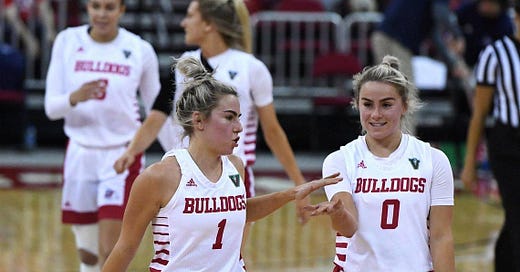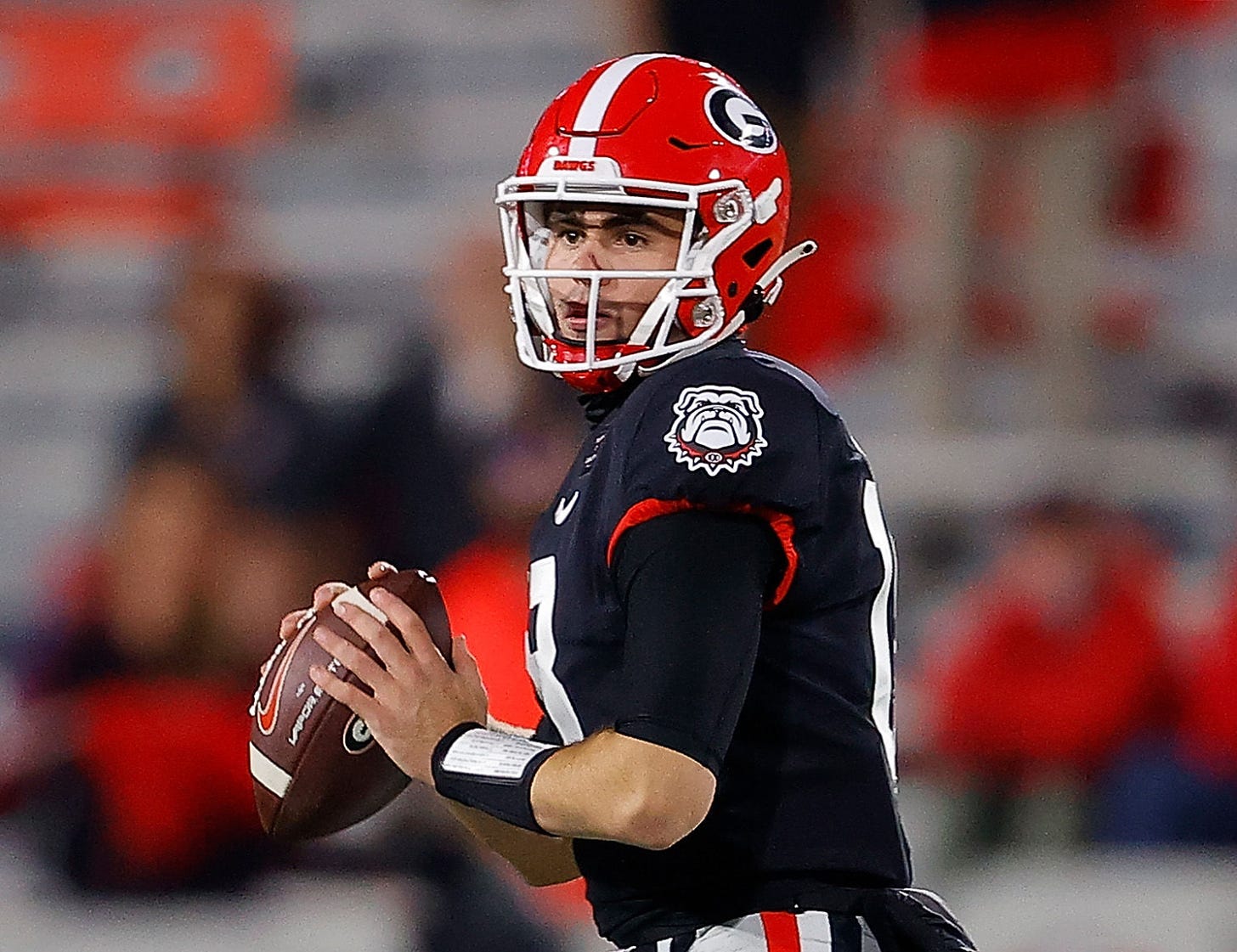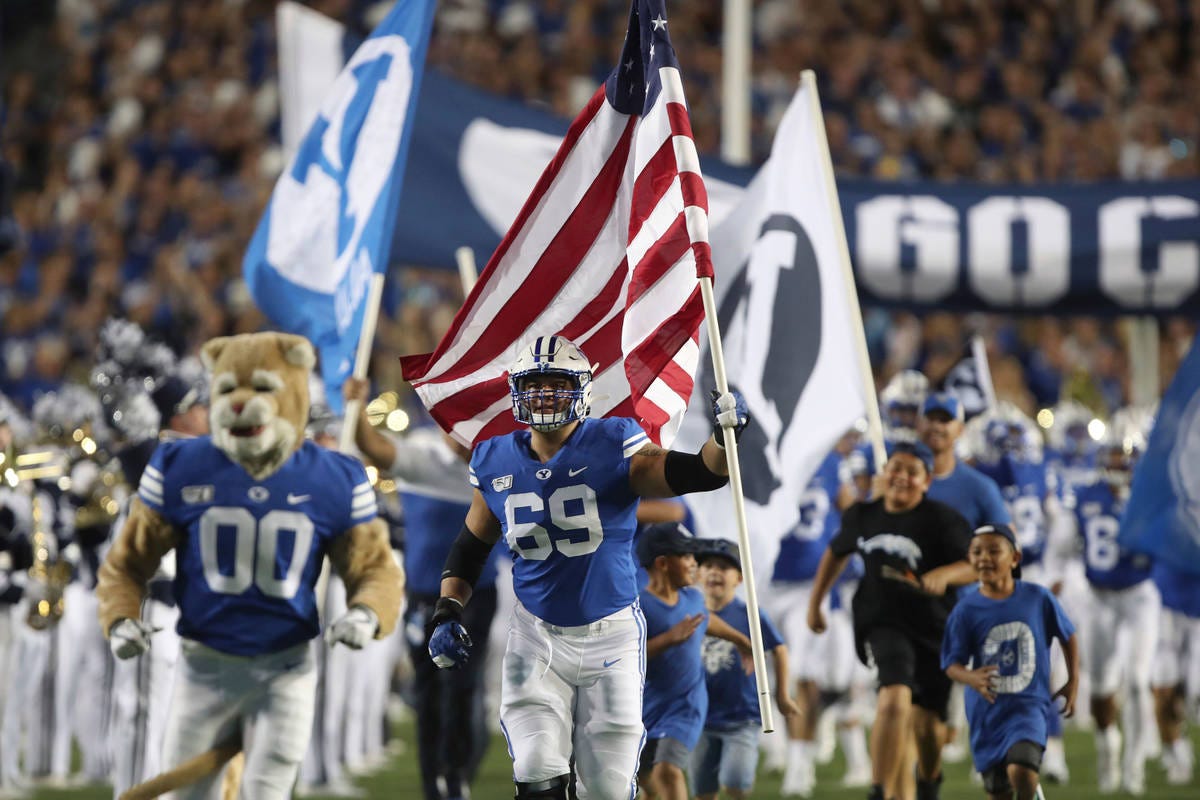Wednesday Special Feature | The “Gold Rush” of College Sports
A free segment by Optimum Sports Consulting- the Wednesday Special Feature. OSC provides valuable, actionable NIL resources for athletes, administrators, agencies and sport professionals.
The “Gold Rush” of College Sports
By: Emily Rollo (@emrollo)
The several significant deals and endorsements made with college athletes over the past few months have certainly caught the media’s attention. Most notably, HBO’s journalism series, Real Sports with Bryant Gumbel, highlighted three of the largest and most influential name, image, and likeness (NIL) story lines to date. After learning about the almost infinite ability to earn money as a college athlete, HBO dubbed the entire NIL industry the “gold rush” of college sports.
Cavinder Twins Believe Their Monetary Prospects are Limitless
Haley and Hanna Cavinder, Fresno State women’s basketball players, made the first splash in NIL by monetizing their social media presence on July 1st, the day the NIL rules took effect. They have already moved beyond the social media space and signed endorsement deals with other brands, including Bulletproof Coffee. When asked whether they thought there was a limit on how much they could make as college athletes, the twins expressed their desire to continue capitalizing on their NIL and that they do not believe there is a ceiling on how much they can make or how famous they can be.
Is there actually a limit to monetary gains through an athlete’s NIL? Right now, it does not appear so. Businesspeople, big and small, are rushing to sign brand deals with athletes. There are very few provisions in place that limit the athlete’s ability to sign lucrative deals, and for some states, there are no provisions at all, making the sky the limit for NIL opportunities. However, the introduction of a uniform NIL policy may put some monetary and material constraints on opportunities, which would effectively put limits on the NIL industry.
Do limitless NIL opportunities have a negative impact on the college athletic landscape? Potentially. Currently, the Cavinder twins are earning more money than top officials at Fresno State, including the university’s president, athletic director, and women’s basketball coach. When asked if this was a point of contention for the Cavinder twins around campus, they said it is never openly discussed. At the rate student-athletes are partnering with businesses and building social media followings, the most profitable athletes will soon be wealthier than university officials and professionals, including those with doctorates and graduate degrees. While there is nothing that prohibits this dynamic on a college campus, it certainly can cause tensions. It also can potentially disgruntle employers and influence them to not perform their duties as a university leader as well as they should. This would affect all students, not just student-athletes.
College Football in the South Continuing its Dominance
Certain areas of college sports have felt, and will continue to feel, the monetary and popularity gains of the NIL movement. Most specifically, college football players in the South will experience NIL opportunities more than most. JT Daniels, University of Georgia’s star quarterback, epitomizes this phenomenon with a projection to make $1 million by the end of this academic year. His agent at Everett Sports Marketing explained why college football players in the south are seeing and will continue to see lucrative NIL deals. Simply put, college football in the south is much more popular than the National Football League (NFL).
Will NFL teams have any implications from NIL? Probably not. The NFL is already the wealthiest professional sports league in the world and the individual teams in the south (Atlanta, New Orleans, Carolina, Jacksonville, Tampa Bay, and Miami) will not lose revenue as a consequence of the abundance of lucrative deals with quarterbacks. However, there may now be a more competitive media environment for NFL players on southern teams. Now, brands and companies can seek out college football players to be the face of their commercials and billboards, which consequently may decrease the availability of opportunities for NFL players.
The Influence Businesses will have on Athletic Teams
Wealthy entrepreneurs have quickly jumped into the NIL scene over the last few months and they do not plan to slow down. Nick Greer, co-founder and CEO of Built Protein, supplies the entire Brigham Young University Football team with monetary funds to attend school and live comfortably. To Greer, it’s about his privileged ability to help provide for and supply student-athletes with resources to improve their game and overall well-being. He feels most passionate about the opportunity to provide the walk-on players with full tuition amounts. His reasoning was that "if you raise the game of the walk-on, you will raise the game of everyone else around them. There will be better team members, providers, and leaders." This generous behavior set the NIL bar pretty high.
Should college athletics worry about wealthy businesspeople having too much influence over an athletic program through their NIL efforts? The more money and resources that companies give to athletes, the more authority they will naturally have over them. Greer specifically has invested in the BYU football team, and arguably has more influence on the players’ lives than the coaches do. To Greer, he is not concerned about having too much control or influence over the athletes. He is confident that once there is a uniform NIL policy that the NCAA, brands, athletes, and schools agree to, there will be no such thing as too much influence over an athletic program. because he is confident that the NCAA, brands, athletes, and schools will come together to create NIL standards that will provide order and consistency for all. However, the longer it takes to create and implement a uniform policy, the more influence businesses will have over student-athletes and that influence will be difficult to eliminate.
The NIL era has only just begun, and it is already a billion-dollar industry. The Cavinder twins, JT Daniels, and the BYU Football team are only three examples a student-athlete’s potential to profit. There are deals circulating throughout all levels of college athletics and every day that there is not a national, uniform policy, the more lucrative and influential those deals will become. HBO’s Real Sports with Bryan Gumbel highlighted these realities and brought even more popularity to college athletes around the country.







